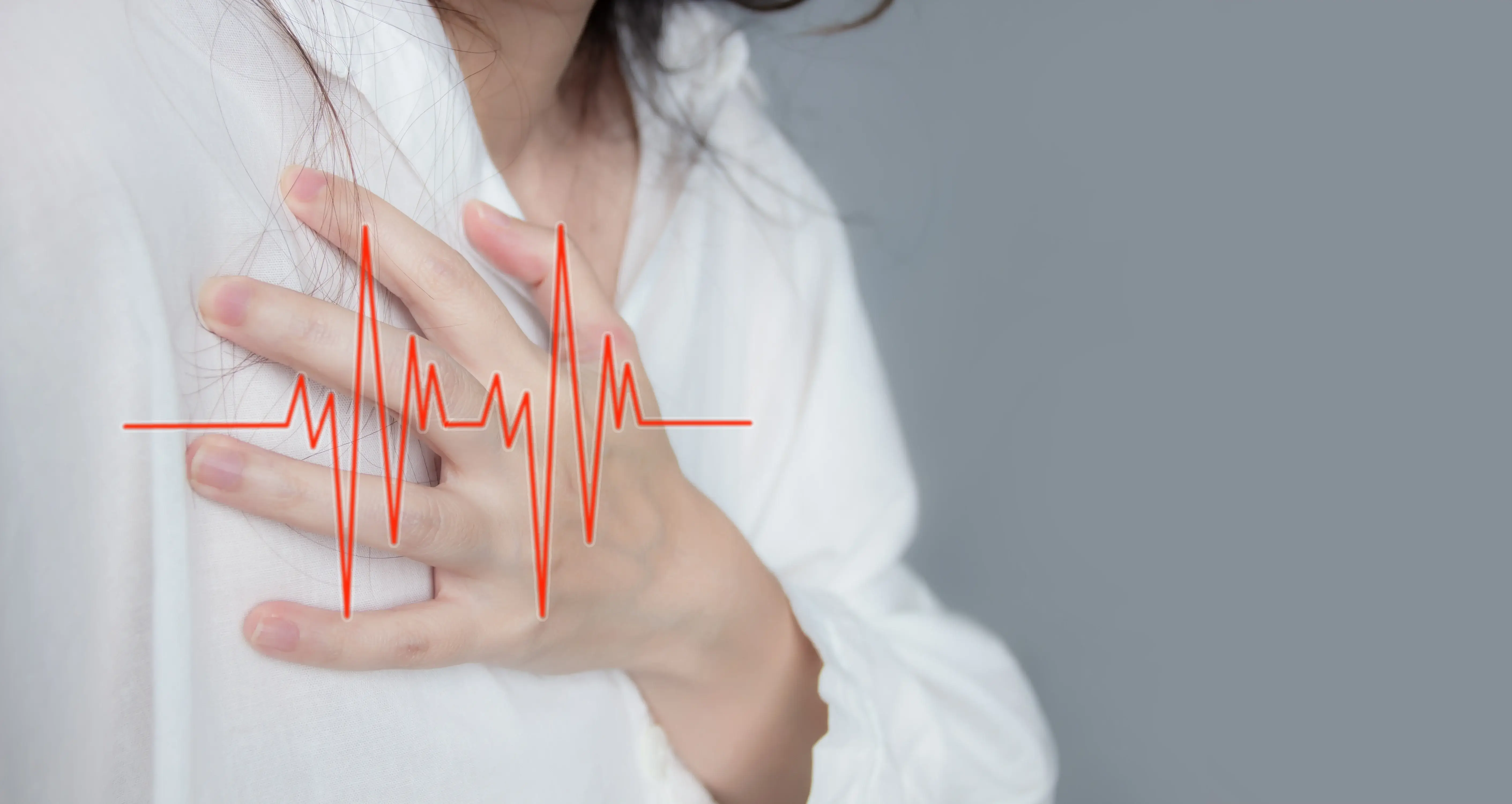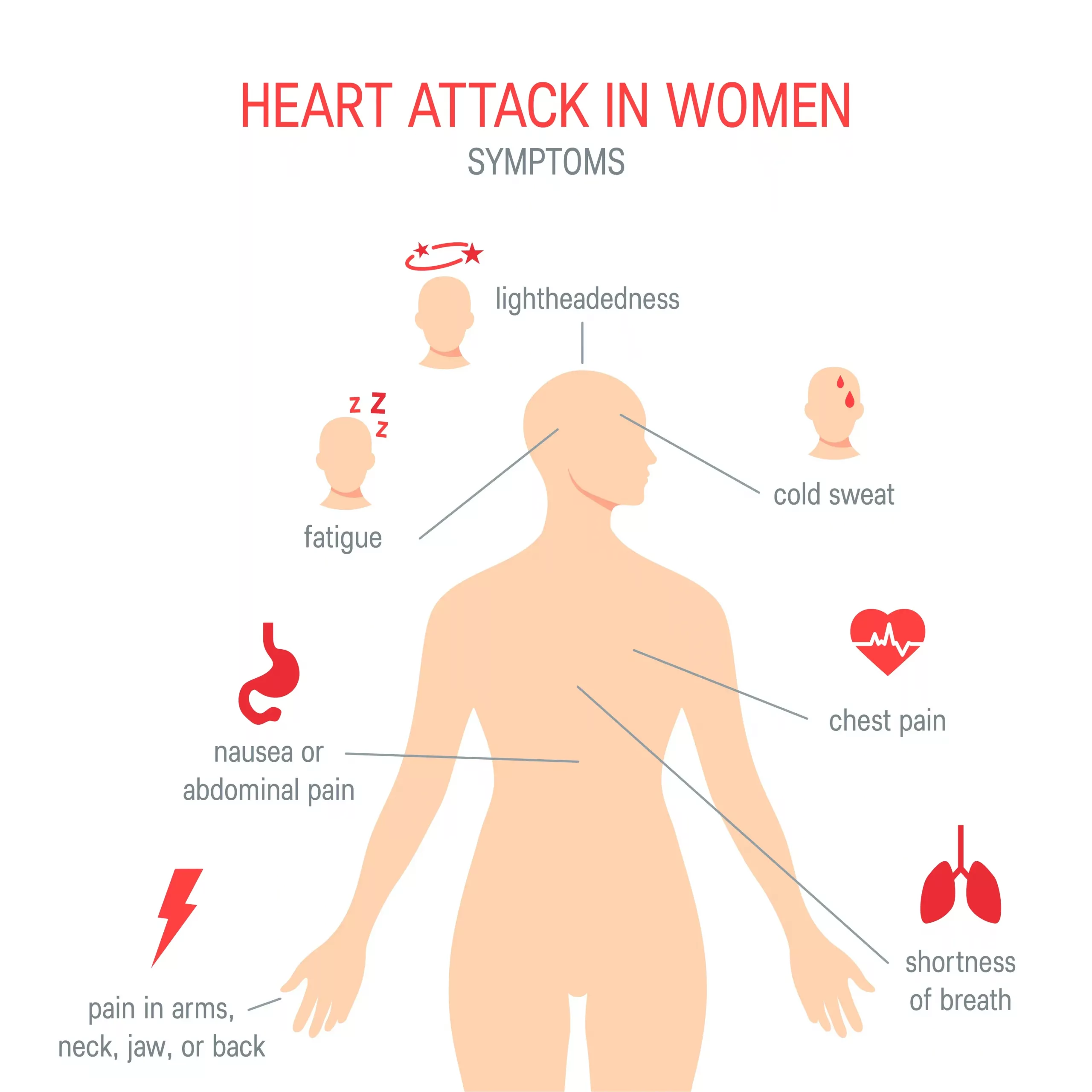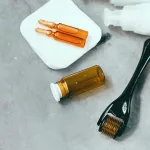
Pause—What Is That Feeling?
Most people don’t realize this… but having female pain in middle of chest isn’t some rare, dramatic movie moment where you clutch your pearls and collapse. Sometimes it’s a little ache between meetings, or a weird pressure when you’re just making coffee. You ever have that moment where you stop and think, “Is this just stress? Or did I sleep funny?” We shrug it off. Move on. But… should we?
If you’re like me, the first thought is always something tame—maybe I pulled a muscle hauling groceries, or it’s reflux from that extra-spicy salsa. But let’s go deeper. Because, you know, it never hurts (pun intended) to really get to the bottom of it.
Is Your Heart Trying to Tell You Something?
Let’s just say it: heart stuff in women is sneaky. Like… real sneaky. While guys might get the classic “crushing” chest pain, for us it’s often a strange tightness or a heavy feeling right in the middle. Think sports bra that’s a size too small, but inside your body. I once ignored this feeling for a week. Not my smartest move. Turns out, female pain in middle of chest sometimes isn’t all that dramatic—but can be super important.
Why? Because women are more prone to things like microvascular angina. That means the tiny arteries around the heart get cranky and tight, but basic tests (the ones designed for guys) don’t always catch it. According to insights from the Yale system on chest pain symptoms in women, discomfort in that central zone can be a red flag, even if it’s milder than what you’d expect from TV dramas. For some of us, what feels like a dull ache or annoying tightness is a sign the heart’s struggling to get enough oxygen. And with heart disease being the top killer of women… yeah, not something to wave away research on chest pain in women.
How to spot the difference: heart or not?
Okay, reality check: not all chest pain is a heart attack. It can be just irritation from heartburn, a muscle strain, or even anxiety. Seriously, bodies are complicated. But that’s also why paying attention to these weird signals matters. Heart-related pain can come with:
- That classic, stubborn pressure or squeezing feeling, usually center-stage (the middle of your chest…)
- It might radiate to your arms, jaw, or back. You know, the Hollywood stuff, but softer.
- Shortness of breath—even if you haven’t run for anything, except maybe the last cookie.
- Weird stuff: nausea, sudden sweating, or just feeling faint.
My friend Talya once described it as “like a cement roller sitting on my sternum but only on Mondays.” For her, it turned out to be microvascular angina, caught after a specialist did the right tests. She’s now Team “Listen to Your Chest.”
For the curious, finding out more about your Female chest pain location can help connect the dots between “just a weird pain” and something worth calling your doctor about.
Table: Quick Heart vs. Non-Heart Chest Pain Comparison
| Sign | Heart-related | Not Heart-related |
|---|---|---|
| Feels like | Pressure, tightness, squeezing | Sharp, burning, or stabbing |
| Triggered by | Exercise, stress, cold air | Eating, moving, coughing |
| Gets better with | Rest (sometimes) | Antacid or stretching |
| Other clues | Shortness of breath, nausea, dizziness | Muscle tender to touch, acid taste |
Every rule has exceptions, but you get the idea. If it’s stubborn, new, or comes with other symptoms, your doc will want to hear about it according to the Mayo Clinic.
Wait—Could It Be GERD or Reflux?
Okay, pause. Sometimes what causes pain in middle of chest between breasts is as boring as heartburn. GERD (gastroesophageal reflux disease… say that five times fast) is really common, especially if you love spicy food, red wine, or just life’s little indulgences.
Ever feel that afterpasta-bloat, followed by a burn behind your breastbone, maybe late at night? Welcome to the wonderful world of reflux. Here’s the thing: reflux pain can totally mimic heart stuff. The difference? With GERD, it often flares up after eating, especially lying down right after. It might burn, feel sour, or even come with a funky taste in your mouth as explained on Healthline.
How do you tell them apart?
Honestly, sometimes even doctors need a little help. Here’s a tiny cheat sheet:
- If taking an antacid helps, it’s probably digestion drama.
- If the pain sticks around no matter what, or gets worse with activity—not so much.
- If you also get heartburn with chocolate, coffee, or large meals… GERD likes those too.
You can also look into articles like What causes pain in middle of chest between breasts for more insights into how food, posture, or even shallow breathing can set off these aches.
Story time: I once spent two hours convinced I was having a heart attack, only for it to pass with some water and ginger tea. Trust me—if you’re not sure, check anyway. It’s what doctors do, no judgment.
Muscle Strain, Stress… Or Something Else?
Here’s a plot twist: sometimes the pain isn’t even from your heart or your stomach. It’s your chest wall, your muscles, or even your nerves. Chest wall pain (a fancy name for “ow, that hurts between my boobs”), is legit common for women, especially if you’ve picked up a new workout, lifted too many bags, or slept in a weird contortionist position.
Imagine pulling a chest muscle during bootcamp—next morning you wake up with what feels like a bruise across your middle. It hurts when you move, stretch, or press on it, but it vanishes with rest or a good massage. Yep, that’s a classic sign it’s not your heart. Still, if it hangs around… time for a check-up. Plus, chest wall pain can spread, making it feel even more confusing. As the breast cancer experts at Breast Cancer Now put it, chest wall pain can be sharp, aching, or even burning—and sometimes spreads under the arm. So you’re not alone if yours moves around according to Breast Cancer Now.
Costochondritis: Say it Three Times Fast
You don’t have to spell it—or even say it right—but costochondritis just means the cartilage around your breastbone is cranky or inflamed. It mimics heart issues but is usually harmless, just stubborn and sore. It can show up after a cough, a push-up competition with your nephew, or… well, for no good reason. Usually pressing the area hurts more, and deep breaths make it worse Mayo Clinic overview. Handy to know!
If your pain is stubborn or keeps coming back, tracking the Female chest pain location can help docs sort out whether it’s more heart, lung, or everyday strain.
Managing Muscle and Chest Wall Pain
- Rest (feels obvious, but not always easy…)
- Warm compresses or a gentle massage
- OTC meds, as your doctor recommends
- If it’s from exercise or posture—adjust and listen to your body
But, hey… if the pain is sudden, severe, paired with fever, or you can’t catch your breath, that’s not a “wait and see.” Call someone. Better a false alarm than regrets.
Still Not Sure? Here’s When to Worry
Let’s keep it real: It’s super easy to second-guess yourself. Heart? Reflux? Pulled muscle? We all overthink it. But if your pain is new, won’t go away, or keeps waking you up at night, it’s time to get help. Especially if you get the “triple threat” of chest pain, sweating, and feeling faint. As a heart doc once told me, “Time is muscle.” That means quick action can save heart tissue. No point being polite with your symptoms.
Some red-flag signs to watch for:
- Persistent, never-before pain—especially female pain in middle of chest
- Pain with shortness of breath, nausea, dizziness, or breaking out in a cold sweat
- Spreads to your arms, neck, jaw, or back
- Extreme tiredness, especially if it hits out of nowhere (women, take note!)
- Pain after exercise that sticks around
Bottom line? Trust yourself. Better one unnecessary trip to the doctor than an emergency that could have been avoided. I know, easier said than done, but your heart will thank you.
If you want to understand more about what causes pain in middle of chest between breasts and when to call for help, those extra reads can give you peace of mind—or at least a solid nudge!
So… What Should You Actually Do?
If you’ve read this far (high five!), you know there’s no “one size fits all” answer. Life happens. Bodies are weird. But, with female pain in middle of chest, the best first step is always, always to pay attention. Maybe keep a log: when does it happen, what were you doing, did it feel different this time? That info is medical gold for your doc—and crazy helpful for you.
My own checklist looks like this:
- Is the pain new, or just the same old ache?
- Does it go away with antacids? Or only with rest?
- Am I more tired than usual, or having trouble breathing?
Honestly, there’s power in just pressing pause and noticing. You know yourself best. That’s not wishy-washy advice—doctors rely on your hunches and descriptions. Sometimes, it’s the thing that tips them off to something important. And if your gut says, “This is different”… trust it, and act.
Curious types can dig into the science behind what causes pain in middle of chest between breasts for more info, or brush up on female chest pain location patterns, if you like connecting your own dots.
Take care of you, so you can keep showing up for the people who count on you. That’s really what it’s all about, right?
Hear This: You’ve Got This
Here’s my last (slightly messy, totally real) takeaway: Female pain in middle of chest is nothing to sweep under the rug. Whether it’s your heart, your dinner, your burnt-out muscles, or just a really stressful week, you deserve answers. Start a conversation—with yourself, with your friends, with your doctor.
If it’s serious, your future self will thank you for moving fast. If it’s not, hey, you just got to know your body even better and maybe discovered the world’s best ginger tea for heartburn. Win-win.
Stay curious. Stay stubborn. And always, always—if that little voice inside says “this pain feels off,” give yourself permission to listen. Your story (and your heart) matter more than any quick fix or “I’ll just wait and see.” So seriously: take that pause. Ask the questions. Book the checkup. You’re worth every bit of peace of mind. And if you spot a friend wincing and holding her chest, pass this along… because we’re all in this together, keeping those hearts (and lives) beating strong.


















Leave a Reply
You must be logged in to post a comment.